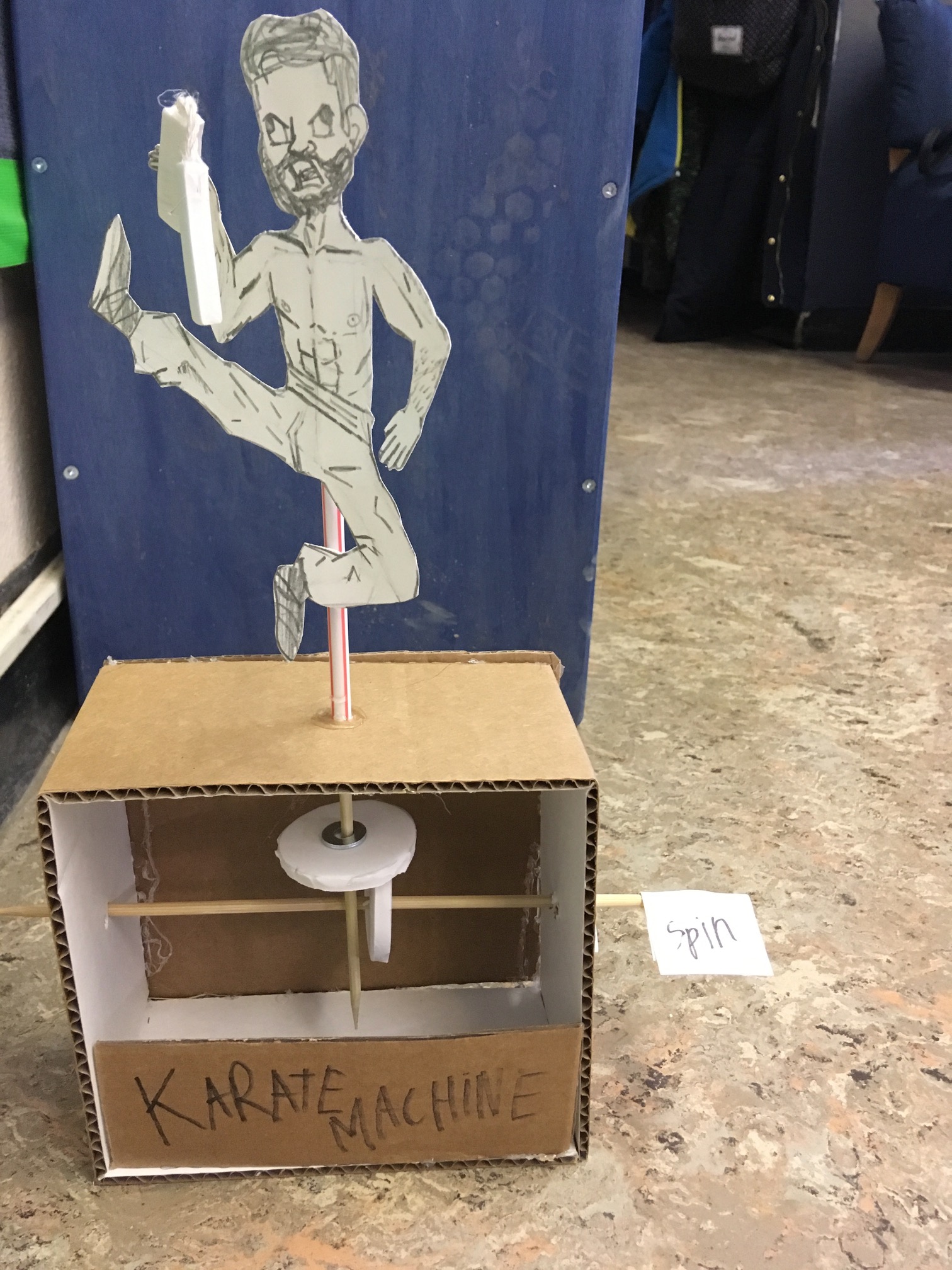
Their point is well taken: because of their attention to constructions and definitions of life, Romantic texts are enjoying a renewed relevance in the first quarter of the twenty-first century, when once again we find ourselves trying to define what it means to be human. The editors of Frankenstein: Annotated for Scientists, Engineers, and Creators of All Kinds (2017), it too a product of this excitement, aptly offer that Shelley’s novel’s fusion of science, ethics, and literary expression provides an opportunity both to reflect on how science is framed and understood by the public and to contextualize new scientific and technological innovations, especially in the era of synthetic biology, genome editing, robotics, machine learning, and regenerative medicine (xii). THE EDITORS OF THIS VOLUME share in the excitement surrounding the bicentennial of Mary Shelley’s first edition of Frankenstein (1818) that has inspired a surge in books, exhibits, lectures, performances, and conferences on automata, assembled bodies, and artificial intelligence. INTRODUCTION MICHAEL DEMSON AND CHRISTOPHER R. Distributed worldwide by Rutgers University Press. In engaging with the work and thought of Coleridge, Poe, Hoffmann, Mary Shelley, and other Romantic luminaries, the contributors to this collection open new methodological approaches to understanding human interaction with technology that strives to simulate, supplement, or supplant organic life. Recent scholarship in post-humanism, post-colonialism, disability studies, post-modern feminism, eco-criticism, and radical Orientalism has significantly affected the critical discourse on this topic. Romantic Automata is a collection of essays examining the rise of this cultural suspicion of mechanical imitations of life. A deep dread of puppets and the machinery that propels them consequently surfaced in late eighteenth and early nineteenth century literature. Among the Romantics, however, they prompted a contradictory apprehension about mechanization and contrivance: such science and engineering threatened the spiritual nature of life, the source of compassion in human society. Finally, the dictionary of opposites helps writers to avoid repeating words within the same piece of text, thereby improving their writing style.For most of the eighteenth century, automata were deemed a celebration of human ingenuity, feats of science and reason. Searching for the opposite of a word also makes it possible to find terms that are better suited to describe a characteristic, purpose, or function of the thing, person, or action in question. Antonym dictionary is an alternative to the dictionary of synonyms. The dictionary of opposites (antonym dictionary) enables users to find the most suitable terms for the particular context, rather than just those that first spring to mind. Delayed and precocious are two of the opposites that can be found in this online dictionary of opposites. Modest and conceited are words that are antonyms.

The opposite of the word liberty is captivity. Misandry can be seen as an antonym of misogyny. Confirm and deny are words with opposite meanings.

The word cautious can be considered to be the opposite of the world audacious. That's why they can be found in dictionary descriptions.

Antonyms are words which mean the opposite of other words. An antonym is a word with the opposite meaning of another word.


 0 kommentar(er)
0 kommentar(er)
